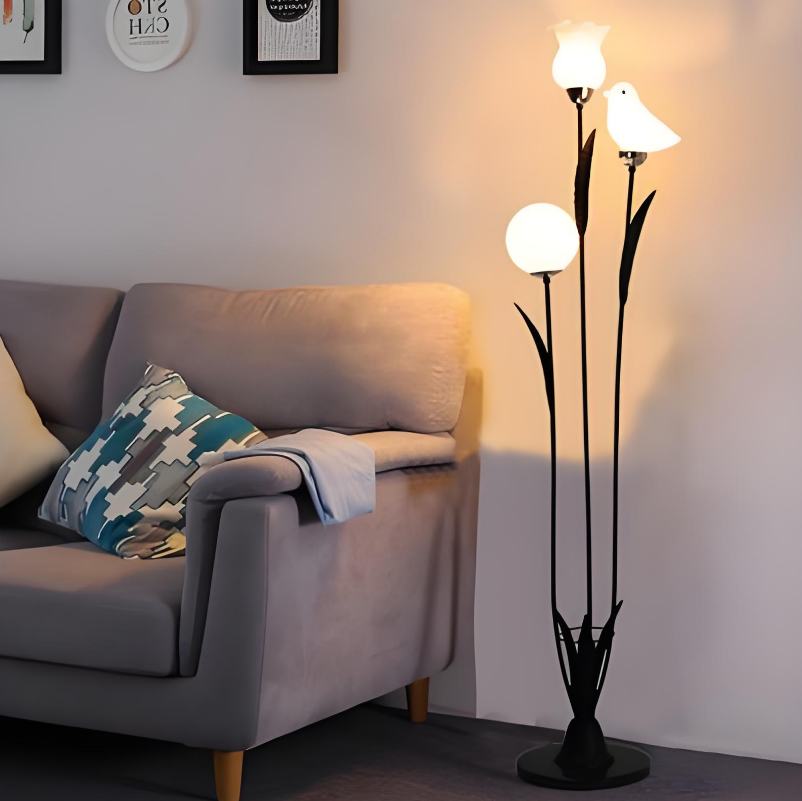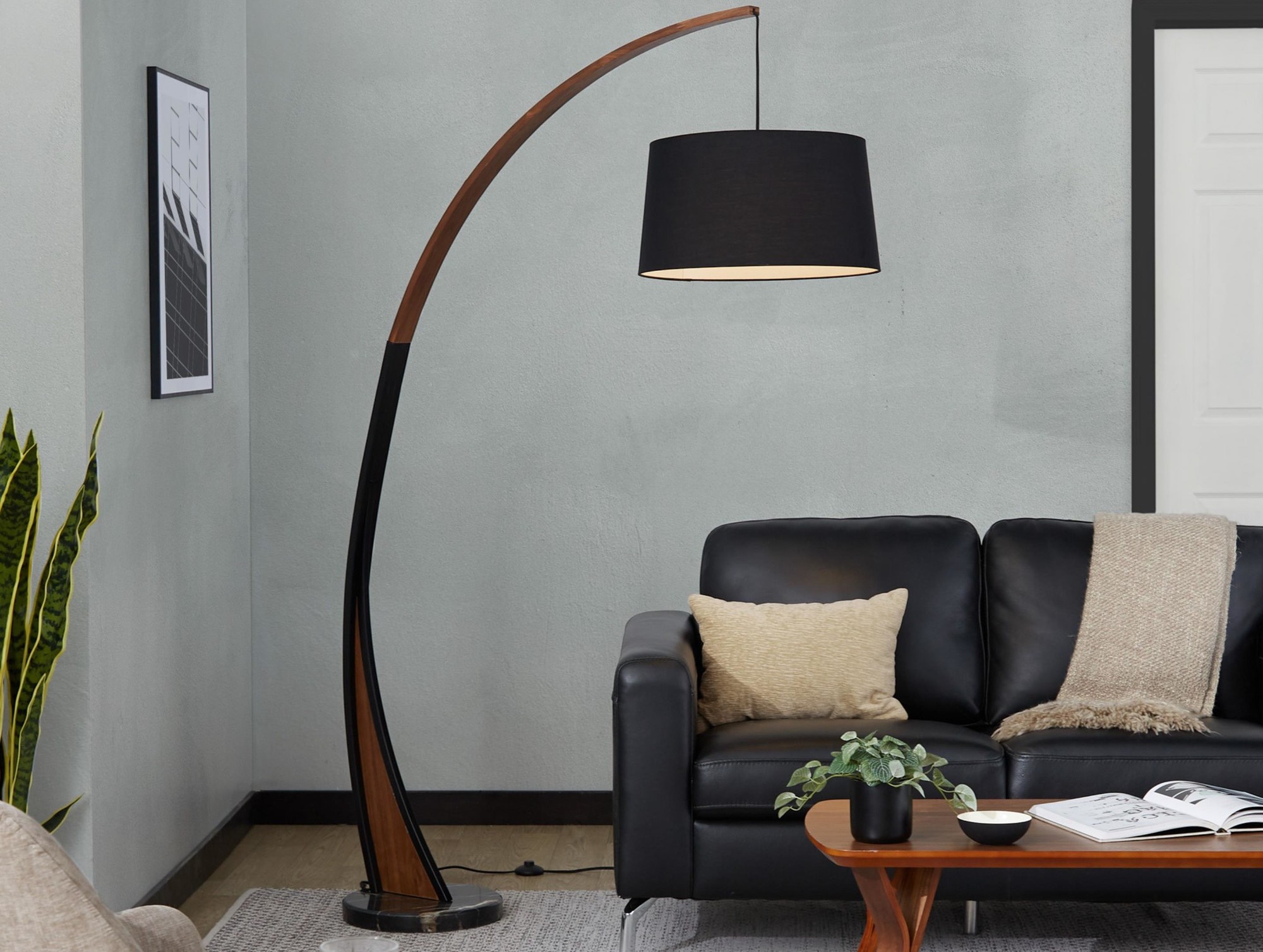Lighting plays a crucial role in our daily lives, impacting our comfort, well-being, and productivity. Whether it’s natural sunlight streaming through a window or the warm glow of a lamp in the evening, lighting has the power to enhance our quality of life. In this article, we will explore the various ways in which lamps contribute to our overall well-being and how they can improve our daily routines. We will also discuss the impact of lighting on our physical and mental health, as well as its connection to productivity and focus.woyro
Key Takeaways
- Lamps play a crucial role in enhancing the quality of life by providing optimal lighting for various activities.
- Lighting has a significant impact on comfort and well-being, affecting productivity, sleep quality, and mood.
- Choosing the right lamp is essential for optimal comfort, and factors such as brightness, color temperature, and adjustability should be considered.
- Utility is crucial in lamps for daily living, and features such as energy efficiency and durability should be prioritized.
- Lamps can improve sleep quality by providing warm, dim lighting that promotes relaxation and melatonin production.
The Role of Lamps in Enhancing Quality of Life
Lamps are not just functional objects that provide light; they also have the ability to enhance our quality of life. The right lamp can create a cozy and inviting atmosphere in our homes, making us feel more relaxed and comfortable. For example, a soft, warm light from a table lamp can create a soothing ambiance in a living room or bedroom, perfect for unwinding after a long day.
Lamps also play a significant role in improving our daily routines. In the morning, a bright task lamp on a desk can provide the necessary illumination for reading or working, helping us start the day off on the right foot. In the evening, a dimmable floor lamp can provide gentle lighting for activities such as reading or watching television, allowing us to wind down before bed.
The Impact of Lighting on Comfort and Well-being
Lighting has a profound impact on our physical and mental health. Natural sunlight is essential for our well-being as it helps regulate our circadian rhythm, which controls our sleep-wake cycle. Exposure to natural light during the day can improve mood, increase energy levels, and promote better sleep at night.
In addition to natural light, artificial lighting also plays a crucial role in creating a comfortable and relaxing environment. Soft, warm lighting can create a cozy atmosphere that promotes relaxation and reduces stress. On the other hand, bright, cool lighting can increase alertness and focus, making it ideal for tasks that require concentration.
The Connection Between Light and Productivity
| Study | Findings |
|---|---|
| Harvard Medical School | Exposure to natural light improves sleep quality and mood, leading to increased productivity. |
| University of Illinois | Workers in offices with windows had better sleep quality and reported less daytime sleepiness. |
| Northwestern University | Workers exposed to natural light had longer sleep duration and better sleep quality, leading to improved cognitive function and productivity. |
| University of Oregon | Exposure to blue-enriched light in the morning improved alertness and cognitive performance throughout the day. |
Lighting has a direct impact on our productivity and focus. Poor lighting can lead to eye strain, headaches, and decreased concentration, making it difficult to perform tasks efficiently. On the other hand, the right lighting can enhance our cognitive abilities and improve work performance.
For example, in an office setting, proper lighting is essential for maintaining productivity and reducing fatigue. Bright, even lighting can help reduce eye strain and increase alertness, allowing employees to stay focused and engaged throughout the day. Task lighting, such as desk lamps or overhead lights, can provide targeted illumination for specific work tasks, further enhancing productivity.
Choosing the Right Lamp for Optimal Comfort
When selecting a lamp for your needs, there are several factors to consider to ensure optimal comfort. First, consider the purpose of the lamp. Do you need it for reading, working, or creating ambiance? Different activities require different levels of illumination, so choose a lamp that provides the appropriate amount of light for your specific needs.
Secondly, consider the type of lamp. There are various types of lamps available, including table lamps, floor lamps, and desk lamps. Each type has its own advantages and disadvantages in terms of functionality and aesthetics. Consider the size and style of your space when choosing a lamp to ensure it complements your existing decor.
Lastly, consider the color temperature of the lamp. Color temperature refers to the warmth or coolness of the light emitted by a lamp. Warm light (around 2700K) creates a cozy and inviting atmosphere, while cool light (around 5000K) promotes alertness and focus. Choose a color temperature that suits the purpose of the lamp and the desired ambiance of your space.
The Importance of Utility in Lamps for Daily Living

Lamps are not just decorative objects; they can also serve practical purposes in our daily lives. For example, a desk lamp with an adjustable arm and head can provide targeted illumination for reading or working, reducing eye strain and improving focus. A floor lamp with a built-in shelf or table can provide both lighting and storage space, making it a functional addition to any room.
Lamps can also be used to highlight specific areas or objects in a space. For example, a spotlight or track lighting can be used to showcase artwork or architectural features, adding visual interest to a room. By strategically placing lamps throughout a space, you can create layers of light that enhance the overall ambiance and functionality of the room.
How Lamps Can Improve Sleep Quality
Lighting plays a crucial role in regulating our sleep patterns. Exposure to bright, blue-rich light in the evening can suppress the production of melatonin, a hormone that helps regulate sleep. This can disrupt our circadian rhythm and make it difficult to fall asleep at night.
To improve sleep quality, it is important to create a sleep-friendly environment in the evening. This includes using lamps with warm, dimmable lighting in the bedroom. Dimming the lights in the evening signals to our bodies that it is time to wind down and prepare for sleep. Avoiding bright screens and using lamps with warm light instead can help promote better sleep.
The Effect of Lighting on Mood and Emotions
Lighting has the power to influence our mood and emotions. Bright, cool lighting can increase alertness and energy levels, making us feel more awake and focused. On the other hand, soft, warm lighting can create a cozy and relaxing atmosphere, promoting feelings of calmness and comfort.
By adjusting the lighting in a space, we can create different moods and atmospheres. For example, dimming the lights and using candles can create a romantic ambiance for a dinner date. On the other hand, bright, vibrant lighting can create an energetic and lively atmosphere for a party or social gathering.
The Benefits of Adjustable Lighting for Different Activities
Adjustable lighting allows us to customize the illumination in a space to suit different activities and moods. For example, a desk lamp with adjustable brightness and color temperature can provide the perfect lighting for reading, working, or relaxing. Similarly, a floor lamp with a dimmer switch can be adjusted to create the desired ambiance in a living room or bedroom.
By having control over the lighting in a space, we can optimize our comfort and well-being. Adjustable lighting allows us to adapt the illumination to our specific needs and preferences, enhancing our daily routines and activities.
Factors to Consider When Selecting Lamps for Your Home or Office
When selecting lamps for your home or office, there are several factors to consider. First, consider the size and layout of the space. Choose lamps that are proportionate to the size of the room and consider how they will fit into the existing furniture arrangement.
Secondly, consider the style and aesthetics of the lamps. Lamps come in various designs and finishes, so choose ones that complement your existing decor. Consider the overall style of the space and choose lamps that enhance the visual appeal of the room.
Lastly, consider the functionality and features of the lamps. Do you need adjustable lighting? Do you need a lamp with built-in storage? Consider your specific needs and choose lamps that offer the desired functionality.
The Future of Lighting Technology and Its Impact on Quality of Life
The future of lighting technology is bright, with advancements in LED technology and smart lighting systems. LED lights are more energy-efficient and longer-lasting than traditional incandescent bulbs, making them a more sustainable choice. Smart lighting systems allow users to control their lights remotely through smartphone apps or voice commands, offering convenience and flexibility.
These advancements in lighting technology have the potential to further improve our quality of life. For example, smart lighting systems can be programmed to mimic natural sunlight throughout the day, helping regulate our circadian rhythm and promote better sleep. LED lights can also be customized to emit different colors and intensities, allowing users to create the desired ambiance in a space.
In conclusion, lighting plays a crucial role in our daily lives, impacting our comfort, well-being, and productivity. Lamps are not just functional objects; they have the power to enhance our quality of life by creating a cozy and inviting atmosphere, improving our daily routines, and promoting better sleep. By choosing the right lamp for our needs and considering factors such as purpose, type, and color temperature, we can optimize our comfort and well-being. The future of lighting technology holds even more promise for improving our quality of life, with advancements in LED technology and smart lighting systems. So next time you’re in need of a lamp, consider its potential to enhance your daily life.



